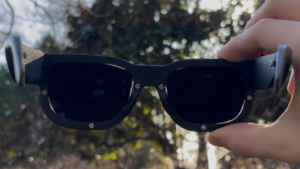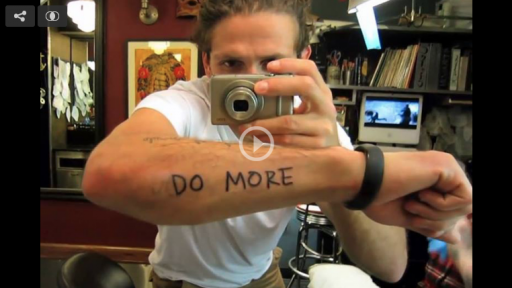Jet lag, also called desynchronosis, is a temporary disorder that causes fatigue, insomnia, digestive problems and other symptoms as a result of adapting to a different light-dark schedule following a flight to a new time zone. To minimise the symptoms of jet lag, there are several suggested strategies. For instance, one should maintain physical fitness and health, prevent dehydration by drinking water, and adjust one's schedule to the new time zone before you leave, a technique that is also called a “jet lag plan”. For people suffering from jet lag, Jeggo offers a new preventative and treatment strategy. By automatically providing light to manage jet lag, as well as playing with natural images and sounds, it is designed to solve the problem both mentally and physically.
We've previously featured other designers who've used light as a form of therapy. In one instance, a designer created furniture with light boxes that aimed to reduce the stress and sleep disorders of dementia.
Designed by Ying Li and Jing-Wen Tang, Jeggo automatically synchronises with the jet lag plan (the new time zone), which helps to adjust your body clock to the destination time, and uses light effects to mimic sunrise and sunset. It contains a projector and a speaker to emit relaxing, abstract, natural patterns and sounds, such as rain, waves, leaves, flowers, trees and birds.
By tilting the panel, the user can adjust the direction of light according to their preference, triggering a personal interaction between light and viewer. The felted wool controller, designed in an oloid form, combines an elegant look with a soothing touch.
Jeggo is an attempt to alter the experience of a medical device and transform the serious treatment process into an aesthetic pleasure. It also demonstrates how people could interact with lights in different physical and experimental ways.















